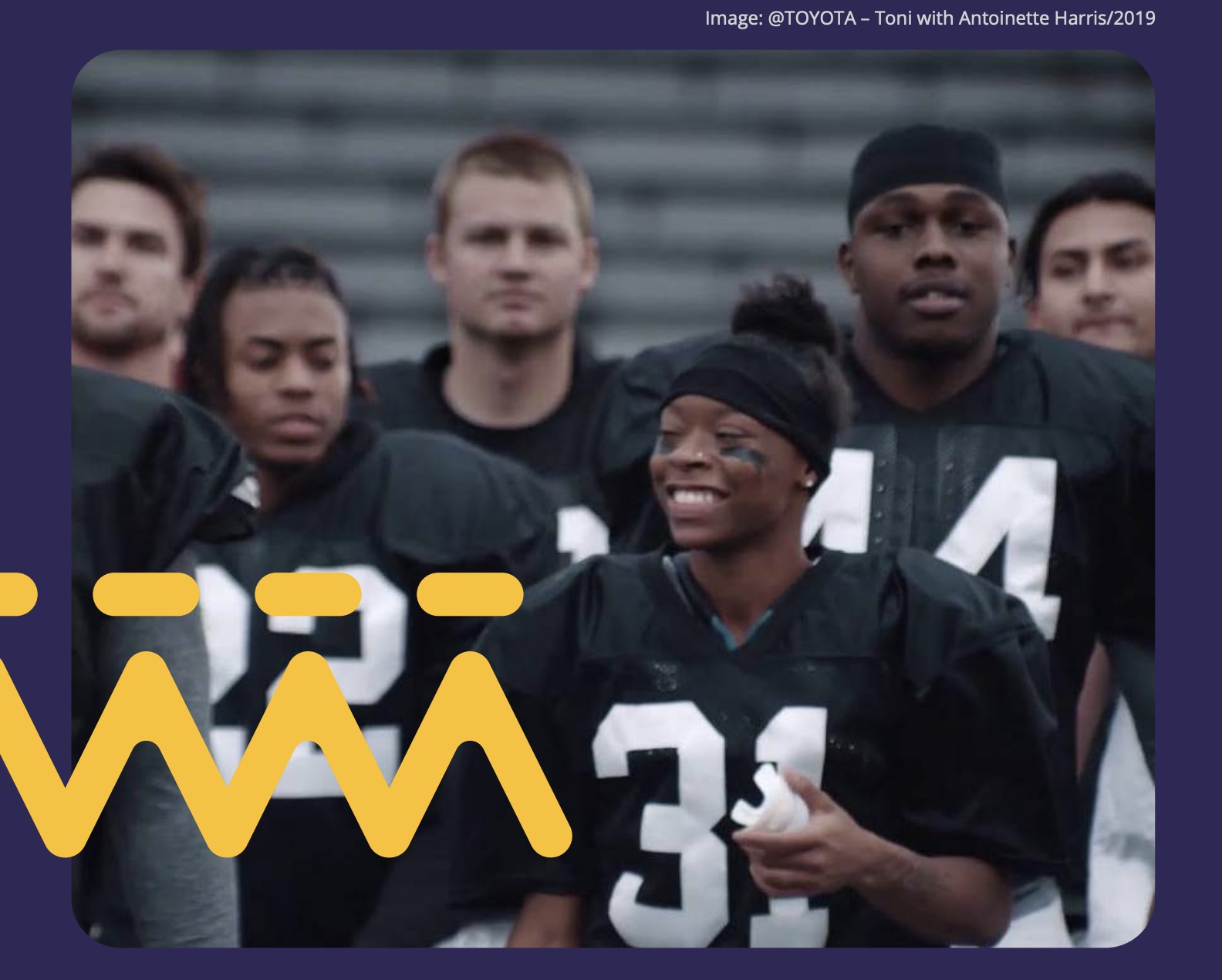Alltold.ai has harnessed AI to find insights in decades worth of advertising. We've partnered with them so they had the entire Superbowl Archive to research, and they have now released a report on what they found, and how. Please download the Onscreen Inclusion Across 50 Years of Super Bowl Ads on their website to read it.
Morgan Gregory, CEO & Co-founder of Alltold, formerly on Google's AI Research Group explains why they dove into the Superbowl: "With so much time, money, and attention given to the ads, we had some questions: who are the brands choosing to represent their products on screen? Are those people as diverse as the audience watching? How has inclusion and representation changed in Super Bowl ads over time?"
This is interesting, we all know that celebrities reign supreme in Super Bowl ads, and there have been consistent animal trends like chimpanzees falling out of favor and puppies making a comeback instead, but Alltold found more. Some trending highlights that they have found are that when it comes to representation on screen, there are still gaps in inclusivity.
While they have seen some progress in including people with feminine gender expression, the intersection of gender expression with age and body size has resulted in a lack of representation for women who are over 30 and have larger body sizes. The screen time for such individuals has remained consistently low at around 10% and 7% respectively, with little change over the past 50 years.
Similarly, while there was a notable increase in skin tone inclusion in 2021, following the rise of DEI and racial justice commitments in 2020, there has been a slow decline in representation for people with darker skin tones since then.
Moreover, when it comes to sexual orientation, only about 7.5% of people on screen are shown with an observable sexual orientation. It wasn't until 2014 that an authentic gay or lesbian orientation was first depicted, and since then, only 17 people with an observable sexual orientation out of a total of 400 have been represented. This is in contrast to over 7,000 people detected.
"Overall, while there have been some steps towards greater inclusivity in on-screen representation, it is clear that there is still a long way to go."

